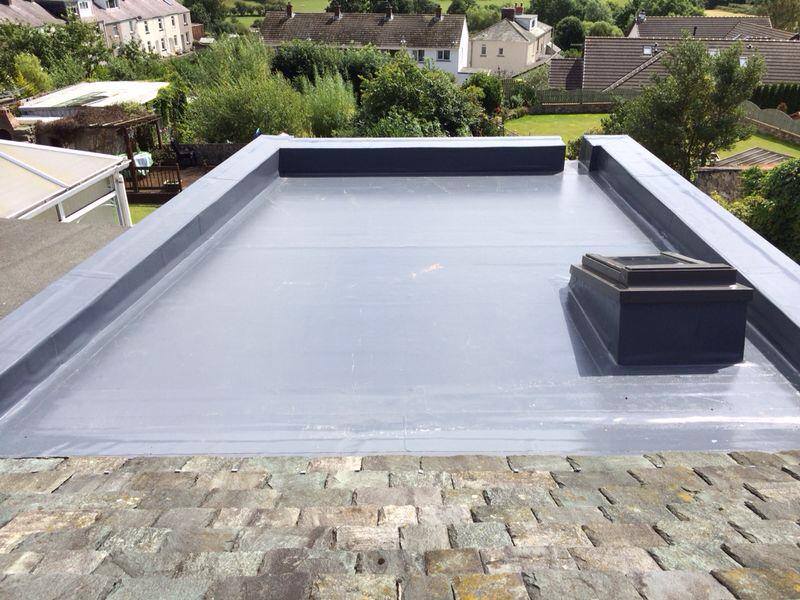For commercial properties and industrial buildings, creating a single ply flat roof is often the best roofing option. But flat roofs, when not designed thoughtfully, can have lots of issues with ponding, which can be detrimental to the building as a whole. Here at Enviroply Roofing, we are the North West’s leading roofing experts. From commercial single ply roofing, to industrial blue roofs, we can design and install a range of high quality roofing options, tailored to suit the requirements and needs of your building. This means that our flat roofs never suffer from ponding or standing water. Instead, we make sure we use the right drainage technique for your roof. But what are the drainage options for flat roofs? And why are they so important?
What are the drainage options for flat roofs?
Flat roofs require specific and stringent drainage requirements to make sure that the rainwater is directed off the roof effectively. Without enough of a slope, and without adequate drainage, water will instead gather and pond on the top of your roof, which can cause chaos for your roof structure. To avoid this, good drainage is essential. Some of the effective drainage options include:
- internal drains
- scuppers
- gutters and downspouts
Internal drains
These are drains connected to pipes underneath the roof, positioned in central areas. They drain the water from the roof and carry it directly to the sewer, through internal pipework in your building. The advantages of internal drains include:
- being able to install them in useful positions to prevent water build up
- a custom filter can be used to prevent clogging in the pipes
- you don’t need gutters or downspouts
However, your roof will need periodic cleaning and maintenance, which will involve removing the filter and checking for blockages create by leaves and other debris.
Scuppers
Scuppers can be used on railed rooftops to allow the rainwater to drain off. These are simply openings through the perimeter curbs of parapet walls that help move water from the rooftop into a gutter or downspout. It can even be used to more water directly off the building, by extending the scupper spout beyond the exterior surface.
Gutters and downspouts
The most obvious and commonly used drainage solution is the combination of gutters and downspouts. In general, these are very effective. But if your flat roof is not designed with enough slope, in the right direction, you may find that much of the water in the middle, doesn’t make it to the gutter. In addition, gutters and downspouts can easily become clogged with leaves and debris.
For more information or for advice about your own roof, get in touch with the experts today, here at Enviroply Roofing.

